Types of human papillomavirus
- Cervical tumors;
- Invasive or pre-invasive oncology;
- Genital warts of the urinary tract and genitals.
Infection characteristics
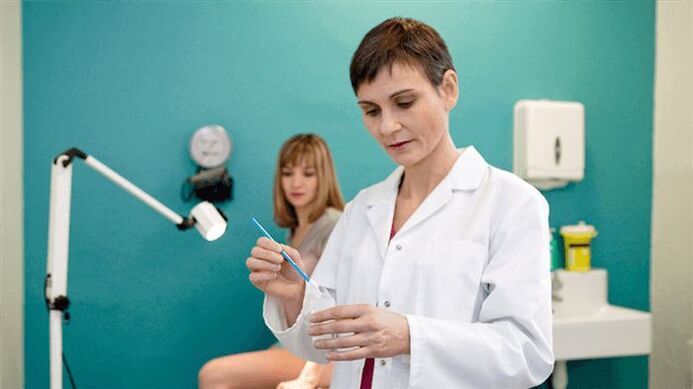

HPV symptoms
- Genital warts. Pale or reddish nodules, often found in clusters, on the labia, vagina, penis, urethra, anal canal, and rectum. They are highly contagious.
- Flat genital warts. They appear as flat nodes, mostly on the female reproductive organs. They increase the risk of cancer.
- Giant genital warts (Buschke-Levenshtein tumors). They grow into massive structures that damage surrounding tissue. In rare cases, they can degenerate and lead to squamous cell carcinoma.
It is more difficult to detect the asymptomatic course, which doctors can only see with the help of aids such as acetic acid (which causes the warts to discolor) or a microscope.
possible consequences
Create a diagnosis

How to Cure Human Papilloma Virus
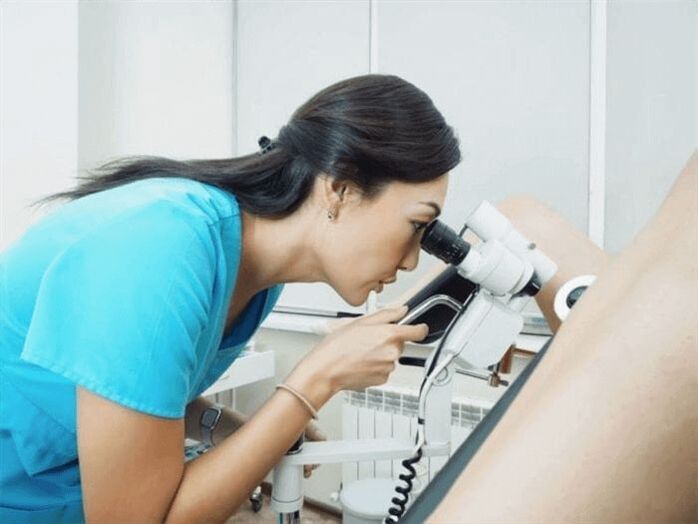
- Plantar and genital warts can be treated with topical medications formulated with salicylic acid.
- Cryotherapy is also a commonly used method for HPV. In this case, liquid nitrogen is used to cool the wart.
- Laser or electrocautery are the same methods used.
Prevent infection
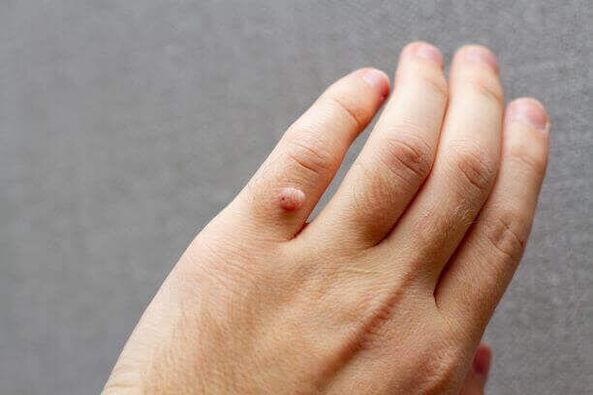
Why do plantar warts appear and how to treat them
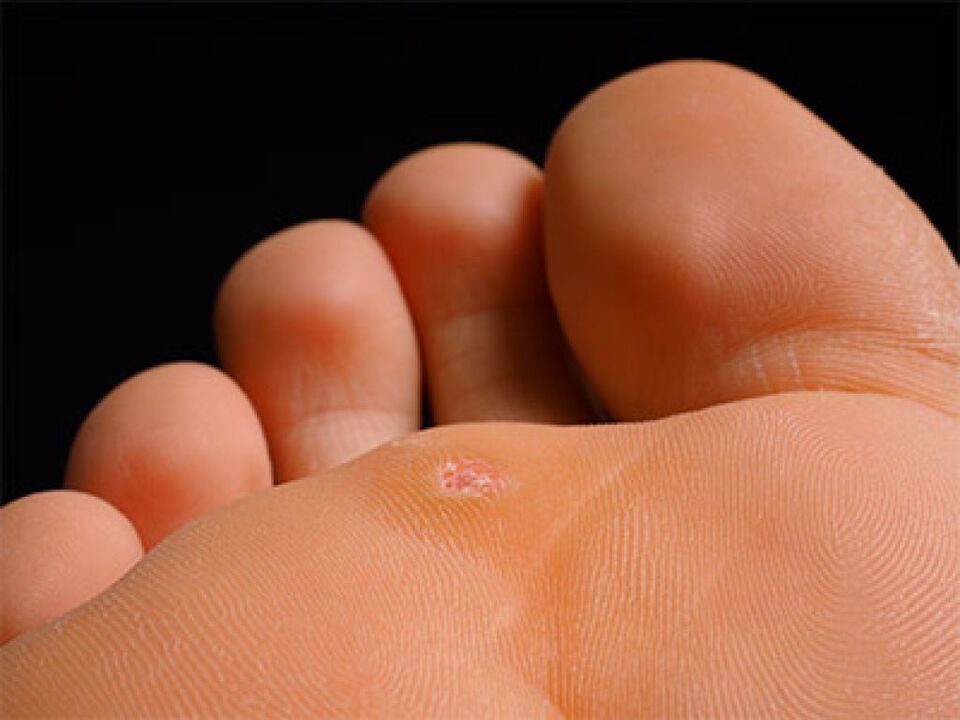
Types and causes
- simple. They occur on exposed areas of the body, arms, legs, face, and scalp. They are not usually dangerous, but they are unsightly and can multiply quickly, affecting large areas of skin. They are arranged like "family".
- soles of feet. Their positioning is entirely on the feet. Causes discomfort when walking.
human papilloma virus
- contact and family (through touch);
- Sexual (genital, anal, orogenital);
- During childbirth from mother to child.
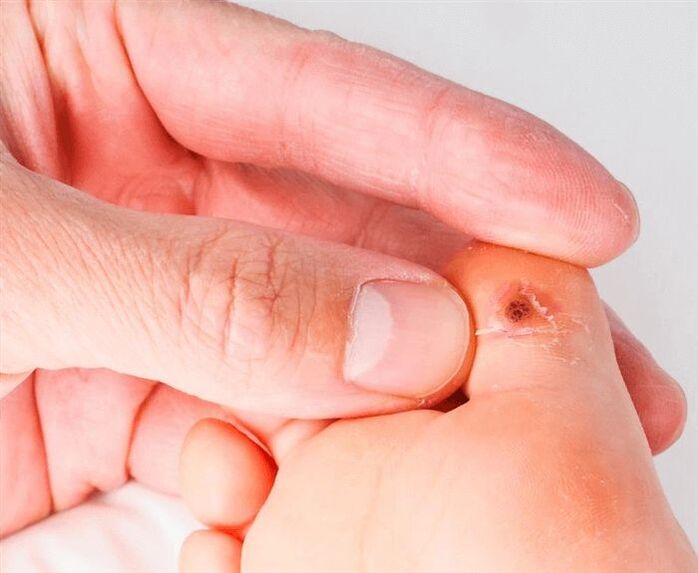
Symptoms and types of foot warts
- First, a small yellow-gray pimple with an uneven surface appears.
- Gradually, the small elements become dense and acquire dirty colors.
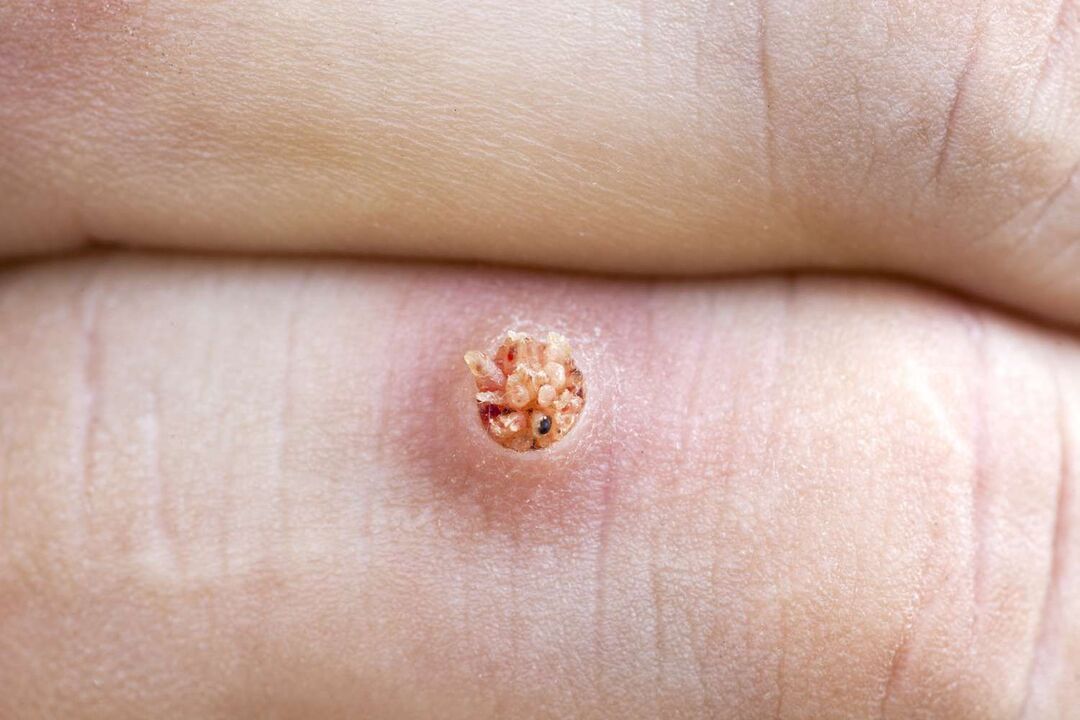
Remove plantar warts
- There is a painful feeling.
- The wart is bleeding.
- There are spots on it.
- Warts rapidly increase in size.
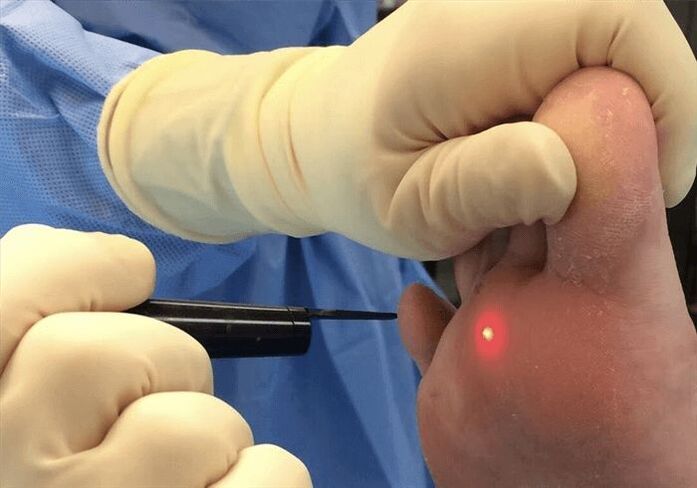
- Residual blisters at the wart site cannot be opened;
- To avoid mechanical damage, use sterile bandages rather than plasters;
- Apply 2% salicyl alcohol to the affected area twice a day;
- Try to prevent water from entering the affected area.
- Carbon dioxide (CO2) laser. Treatment in this case is carried out using infrared rays. This method is 70% effective, but the downside is that healthy tissue can also be damaged.
- Erbium laser. This treatment uses shorter wavelengths, which reduces the likelihood of scarring after surgery. Efficiency is typically 75%.
- Pulsed dye laser. This method of exposure primarily destroys the dilated capillaries in the wart and stimulates the immune system, thus aiding in effective healing. The treatment effectiveness is approximately 95%.
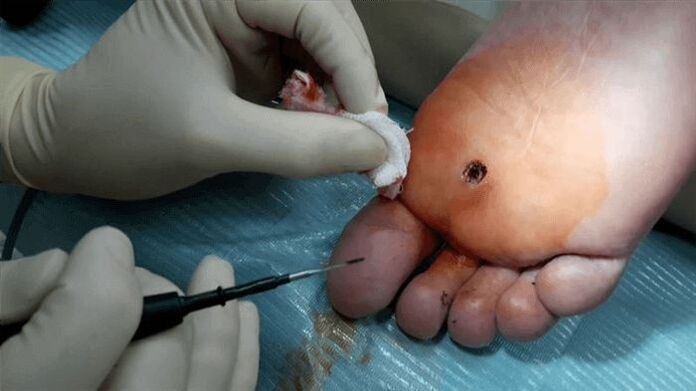
- Pregnant;
- diabetes;
- Malignant tumors in the body;
- Infection and inflammation around warts;
- worsening of herpes;
- The temperature rises.
Treat warts without surgery
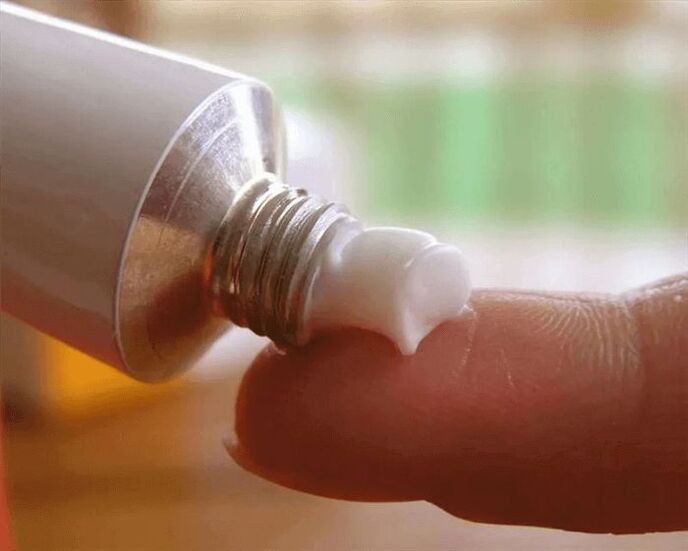
- anti-inflammatory (drug;
- preservative;
- Immunomodulatory;
- antiviral substances;
- Antifungal.
It is important that these products be used on single and superficial plantar warts. Also, if any side effects occur, wash off the medication with plenty of warm water and seek medical attention immediately.
Treatment of Body Papillomas
hardware method
- Freeze damage is the destruction of growths by exposing them to low temperatures.
- Electrocoagulation uses an electric current to cauterize tissue, with the intensity and frequency of the current chosen based on the size, type and density of the papilloma.
- Laser removal. The type of impact is clear from the name. The process takes no more than 15 minutes and helps eliminate unpleasant growths permanently.
medical treatement
Papilloma Prevention
- Use barrier contraception during sexual intercourse.
- Follow personal hygiene rules and use only personal towels, soap and toothbrushes.
- Don’t forget to wear rubber shoes when visiting public baths.














































































